Unplugged: Dungeons & Dragons 2024
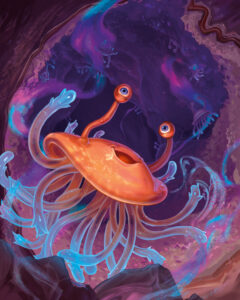 Whether it is streamers, or pop culture icons (I suppose some are both) the role-playing hobby continues to make inroads to mainstream culture. Leading the pack is Dungeons and Dragons. With this week’s release of the new Monster Manual, D&D has just finished a refresh of their 2014 “5th Edition” ruleset. This new, “D&D 2024” edition is fully backwards compatible with the 2024 rules but has smoothed out some rough edges and attempts to provide a more helpful presentation of the material. In brief, the game has punched up the fun aspects for players, provided more concrete advice for new players, and souped up the monsters to provide more variety and more challenging monsters. While there is no dire need for anyone to change over from the 2014 rules (you can even run players running characters from each edition at the same time), new players should certainly start with the 2024 rules and hard-core players will probably see advantages in going with the new, adjusted rules.
Whether it is streamers, or pop culture icons (I suppose some are both) the role-playing hobby continues to make inroads to mainstream culture. Leading the pack is Dungeons and Dragons. With this week’s release of the new Monster Manual, D&D has just finished a refresh of their 2014 “5th Edition” ruleset. This new, “D&D 2024” edition is fully backwards compatible with the 2024 rules but has smoothed out some rough edges and attempts to provide a more helpful presentation of the material. In brief, the game has punched up the fun aspects for players, provided more concrete advice for new players, and souped up the monsters to provide more variety and more challenging monsters. While there is no dire need for anyone to change over from the 2014 rules (you can even run players running characters from each edition at the same time), new players should certainly start with the 2024 rules and hard-core players will probably see advantages in going with the new, adjusted rules.
Over the past six months or so, Wizards of the Coast has released a new version of each of the three core books. The Player’s Guide gives all the basic information on how to make a character and, for the most part, the rules to play the game. The Dungeon Master’s Guide gives advice for the player who is in charge of creating the overarching story and managing the consequences of the other players’ actions. Just released this month, the Monster Manual provides the Dungeon Master with a huge book of possible adversaries (they’re not all “monsters”) that can fight or even just get in the way of the other players. As mentioned, the new rules should be compatible with previous (2014 “5th edition”) rules, particularly the many published adventure books already released for the 2014 rules. Gaming groups can use characters built with the 2024 rules alongside characters using the 2014 rules without any issue, with the caveat that you’re not allowed to build a character from bits and pieces of both editions. (For example, you can’t make a wizard with the old system that uses spells from the 2024 system.)
With all that said, let’s take a look at each of the three new books in turn.
Player’s Handbook 2024
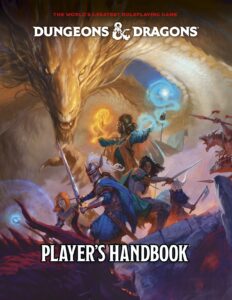 The first thing one will notice in the new 2024 Player’s Handbook is that it doesn’t start with players creating a character. Instead, it spends an entire chapter explaining what a role-playing game is (a collaborative story where there really isn’t any “winning” or “losing”) and how one plays (or runs) a D&D game. Only after explaining the basics of how one plays the game (combat, healing, resting, spells, skills, etc…) does the book transition into how to create a character. Players are now encouraged to pick their class first, then move into an origin (backgrounds & species – no longer “races”) and then (optionally) Feats, equipment, and spells. By putting the character class first, it helps players nail down the basic ideas of what they’re going to do. The twelve common classes are all there: Barbarian, Bard, Cleric, Druid, Fighter, Monk, Paladin, Ranger, Rogue, Sorcerer, Warlock, and Wizard. Each class also has four subclasses that put their own particular spin on that class.
The first thing one will notice in the new 2024 Player’s Handbook is that it doesn’t start with players creating a character. Instead, it spends an entire chapter explaining what a role-playing game is (a collaborative story where there really isn’t any “winning” or “losing”) and how one plays (or runs) a D&D game. Only after explaining the basics of how one plays the game (combat, healing, resting, spells, skills, etc…) does the book transition into how to create a character. Players are now encouraged to pick their class first, then move into an origin (backgrounds & species – no longer “races”) and then (optionally) Feats, equipment, and spells. By putting the character class first, it helps players nail down the basic ideas of what they’re going to do. The twelve common classes are all there: Barbarian, Bard, Cleric, Druid, Fighter, Monk, Paladin, Ranger, Rogue, Sorcerer, Warlock, and Wizard. Each class also has four subclasses that put their own particular spin on that class.
In general, the new classes have almost all been punched-up a bit. Basically, someone went through and looked at abilities and decided: “hey, is this thing fun enough? Would it be all that bad if it were more powerful or usable more often?” I noticed in particular that things that are very iconic for a given class or subclass are typically changed so that they can be used more often. You played a character that does X, cause it’s cool, why not make it so you can do X more often? A common theme is an increase in the variety of available spells. Many magic classes now have a wider variety of spells available. There are old spells, reworked spells, and some entirely new spells. For example, healing is now a bit more powerful, to make healing a bit more useful and fun if that’s your jam. There are a couple places one or another class was toned down a little in specific situations, but for the most part it’s an attempt to spice things up. Two somewhat overlooked classes in the past have been the monk and the ranger (especially the ranger + animal friend version.) Both have been punched up quite a bit. As a monk fan, I love the changes. Old monks had to be very conservative on how much special stuff they were able to churn out but the new rules have them smacking things around (multiple times) to their heart’s content (or at least a whole lot more than before.) The new book does a great job of identifying a class’s iconic abilities and provides a way to lean into those (more powerful, more frequent uses, etc…) that should be welcomed in almost every class.
Dungeon Master’s Guide 2024
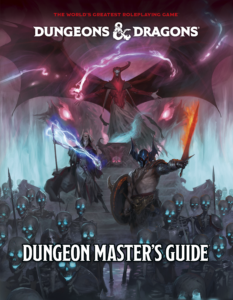 While the Player’s Handbook has almost all the rules needed to run an actual game of D&D, the Dungeon Master’s Guide focuses on helping a Dungeon Master put together a game to play that is enjoyable for all players. This edition is about 20% longer than the 2014 edition. The 2024 book includes a new section on building Bastions. A Bastion is a home base players can build and improve over the life of their adventuring careers. It’s a fun story element but can also provide some small benefits to the party – typically things that come into play when players are between expeditions.
While the Player’s Handbook has almost all the rules needed to run an actual game of D&D, the Dungeon Master’s Guide focuses on helping a Dungeon Master put together a game to play that is enjoyable for all players. This edition is about 20% longer than the 2014 edition. The 2024 book includes a new section on building Bastions. A Bastion is a home base players can build and improve over the life of their adventuring careers. It’s a fun story element but can also provide some small benefits to the party – typically things that come into play when players are between expeditions.

A section on magic item crafting is much more developed than in previous resources. Another stand-out change is the inclusion of several sections providing examples of adventures that a DM could use with their players. There are five different sample adventures (including bonus lore and maps) that include templates and ideas that a DM can use to tailor adventures to higher or lower power levels. Finally, the new version is reorganized to make it a better reference during play. There’s an alphabetized rules compendium and each section is indexed. All this makes the 2024 DM Guide a much better reference than the 2014 edition and a far better starting point for new DMs.
Monster Manual 2024
 OK, so released in January 2025 but we’re lumping it in with “2024 5th Edition” anyway. Overall, the new Monster Manual is bigger (the 2024 edition has over 500 creatures, compared to the previous 300 or so) and most of the monsters have been beefed up a bit to provide a better foil for the players. This is especially true with some of the higher level monsters. They act earlier in the encounter (no longer is the big bad guy going last) and their layout (“stat block”) is designed to be read at a glance. All the important actions a monster might want to take is emphasized to make it easier for a DM to play them intelligently. The other obvious addition is a reorganization of the material. All monsters are now alphabetized by name, along with lists at the end of the book to help pick out monsters living in specific biomes and other situations.
OK, so released in January 2025 but we’re lumping it in with “2024 5th Edition” anyway. Overall, the new Monster Manual is bigger (the 2024 edition has over 500 creatures, compared to the previous 300 or so) and most of the monsters have been beefed up a bit to provide a better foil for the players. This is especially true with some of the higher level monsters. They act earlier in the encounter (no longer is the big bad guy going last) and their layout (“stat block”) is designed to be read at a glance. All the important actions a monster might want to take is emphasized to make it easier for a DM to play them intelligently. The other obvious addition is a reorganization of the material. All monsters are now alphabetized by name, along with lists at the end of the book to help pick out monsters living in specific biomes and other situations.
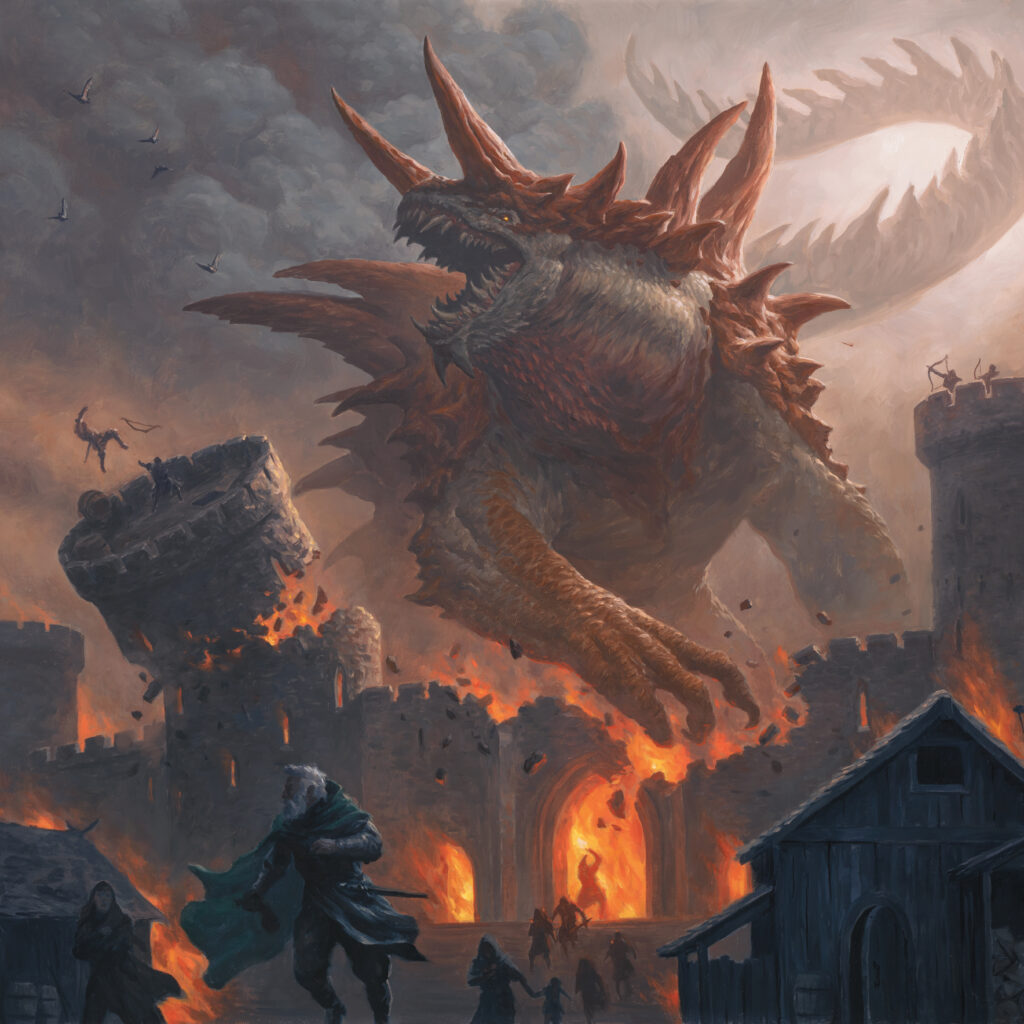
One emphasis was to add in more high level monsters, somewhat sparse in the previous edition. There are now super-powerful monsters of all types, allowing players to end their campaign by fighting an out-of-control ooze or vampire rather than just the standard huge dragon. As mentioned, these guys are now going earlier in the combat order and have even more options they can use even during or between other players’ turns. Lower levels aren’t left out, though. Many creature types are listed with additional variations in abilities and levels. Normally, a group wouldn’t come up against a vampire for quite a while, but the new Vampire Familiar can give players a taste of the pain in the butt that they will find in future vampires.
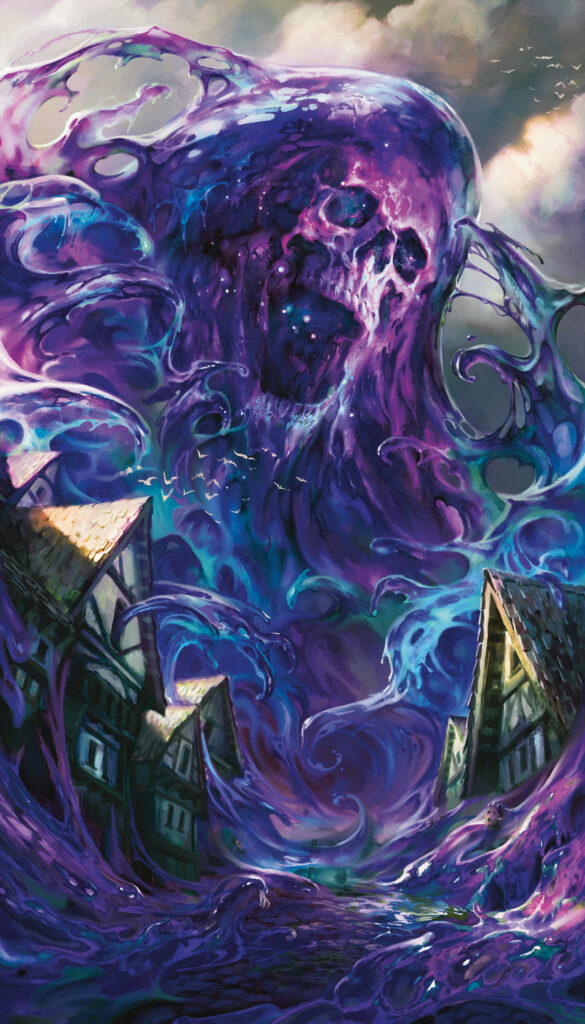
Final Thoughts
I think the new set of 2024 books are a great improvement on the previous editions. There aren’t very many glaring holes that need to be fixed, but the vibe I get is that the game has just been “turned up to 11” a little bit. Players can have more fun with their powers and the monsters have been slightly adjusted to make them easier to use and more challenging to the players. I don’t see this as a power creep situation. It’s more of a power-adjustment. Players get some new things to play with and get to play with their favorite things more often while the DM is given tools to make sure the game stays both challenging and interesting.
Kid Factor
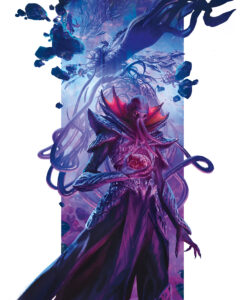 Age-wise, Dungeons and Dragons is very accessible and can easily be played by an astute 9 year old. Reading though the core books might be a bit much, but they could certainly be guided into making a character and then able to play with others at a table. Like any type of make-believe play, Dungeons and Dragons contains only what you bring into it. Some players may use adult themes but the basic books and most of the materials published by Wizards of the Coast stay away from edgier topics, with caveats provided for anything that might be more provocative. For several iterations of the game, Wizards of the Coast has made great strides trying to make sure the art is not too provocative – no chainmail bikinis here. There is combat and death but no gratuitous violence or gore. I think the greatest concern for some would be occult tie-ins. Entries in the monster manual and the odd adventure include cultists, demons, devils, gods, and octopus-creatures from outside the world. I’m not a huge fan of such, and thus don’t use any of it in my games – problem solved. This holds true for any situation one might be nervous about: endangering children, kidnapping, getting involved with gods or demons, etc… Dungeons and Dragons is a game of the mind. If the DM and players agree to avoid a topic, it just doesn’t have to come up and nothing is lost from the experience.
Age-wise, Dungeons and Dragons is very accessible and can easily be played by an astute 9 year old. Reading though the core books might be a bit much, but they could certainly be guided into making a character and then able to play with others at a table. Like any type of make-believe play, Dungeons and Dragons contains only what you bring into it. Some players may use adult themes but the basic books and most of the materials published by Wizards of the Coast stay away from edgier topics, with caveats provided for anything that might be more provocative. For several iterations of the game, Wizards of the Coast has made great strides trying to make sure the art is not too provocative – no chainmail bikinis here. There is combat and death but no gratuitous violence or gore. I think the greatest concern for some would be occult tie-ins. Entries in the monster manual and the odd adventure include cultists, demons, devils, gods, and octopus-creatures from outside the world. I’m not a huge fan of such, and thus don’t use any of it in my games – problem solved. This holds true for any situation one might be nervous about: endangering children, kidnapping, getting involved with gods or demons, etc… Dungeons and Dragons is a game of the mind. If the DM and players agree to avoid a topic, it just doesn’t have to come up and nothing is lost from the experience.





Discussion Area - Leave a Comment